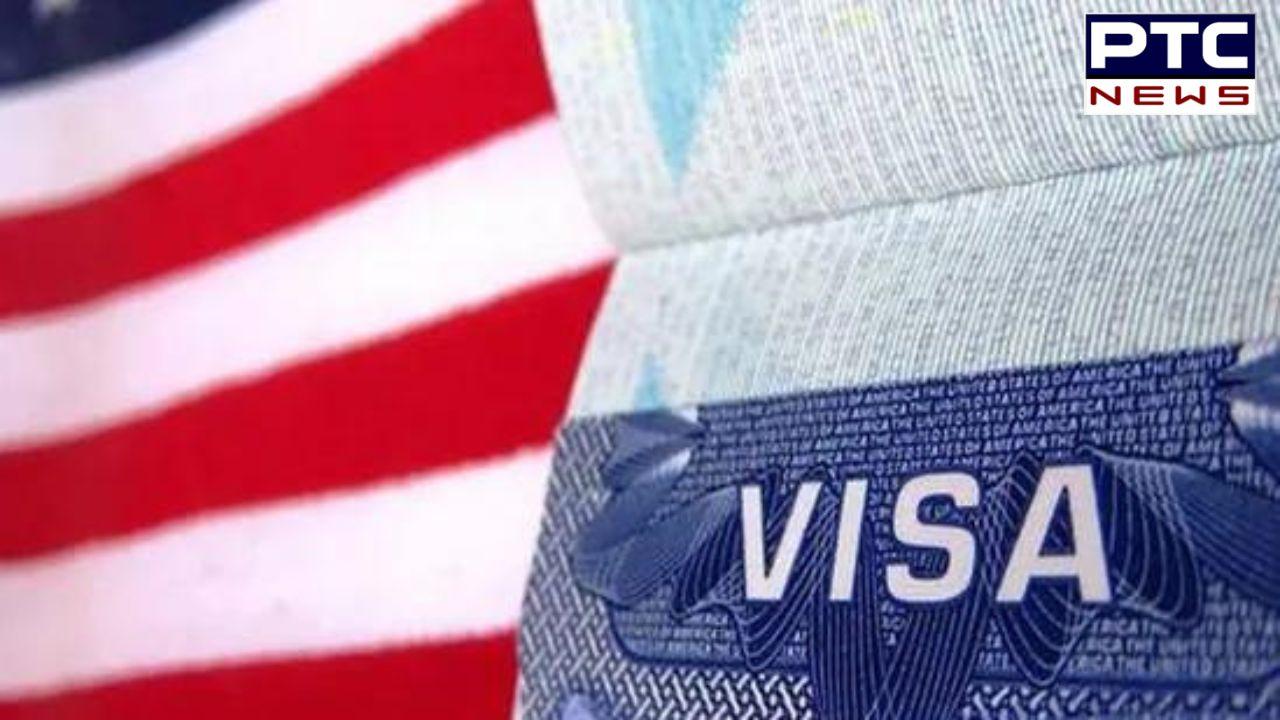

US visa: Bad news for Indian nationals applying under EB-5 category; check details
PTC Web Desk: Indian nationals applying under the EB-5 visa category have been hit with a significant setback, as the US Department of State’s Visa Bulletin for May 2025 shows a sharp retrogression in the “Final Action Date” for the EB-5 Unreserved category. The date has moved backward by over six months—from November 1, 2019, to May 1, 2019—dramatically slowing down the green card process for investors from India.
In contrast, Chinese applicants in the same category have seen no change, with their cutoff date remaining at January 22, 2014.
According to the bulletin, the decision to retrogress the date for Indian EB-5 applicants was driven by high demand and increased visa usage from Indian nationals, alongside a rise in global applicants. The Department of State explained, “It was necessary to further retrogress the Indian final action date to hold number use within the maximum allowed under the FY-2025 annual limits.”
The EB-5 programme allows qualified foreign investors to obtain permanent residency in the US by investing in American businesses, particularly in rural or high-unemployment areas. While a portion of EB-5 visas are reserved for specific types of investments, the unreserved segment—where most Indian applicants fall—continues to see high demand, quickly exhausting available visa slots and triggering retrogression.
The ‘Final Action Dates’ published in the monthly Visa Bulletin are crucial, as they determine when applicants can move forward with their green card or visa processing. Only those whose priority date is earlier than the listed cutoff are eligible to proceed. Other employment-based green card categories have also shown limited progress for Indian nationals: EB-3 (Skilled Workers and Professionals) saw a modest two-week advance to April 15, 2013; EB-1 (Priority Workers) remains unchanged at February 2, 2022 and EB-2 (Advanced Degree Professionals) also stays flat at January 1, 2013.
These stagnant or minimal changes reflect broader visa backlogs affecting not just India but countries like China as well, particularly in the EB-1 and EB-2 categories.
For FY-2025, the US has capped family-sponsored immigration at 2,26,000 visas and employment-based immigration at a minimum of 1,40,000. Each country is limited to 7% of the total allocation, amounting to 2,5,620 visas annually, including dependents. No more than 2% (7,320 visas) can be allocated to any country’s dependent areas.
This update comes as immigration policy has once again taken centre stage in US politics. With Donald Trump’s return to the White House in January 2025, the administration has reintroduced a strict “America First” approach, increasing scrutiny not only on illegal immigration but also tightening rules affecting legal immigration routes—including work visas and investor pathways like the EB-5 programme.
- With inputs from agencies
